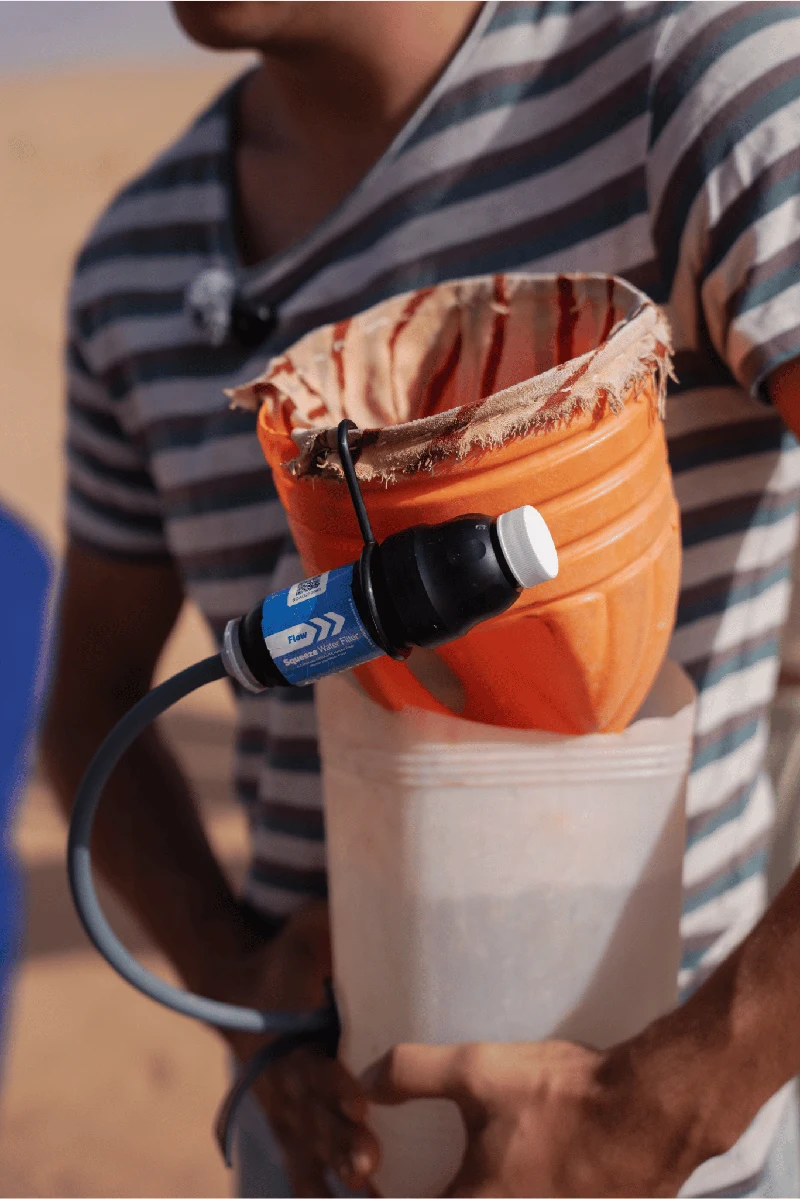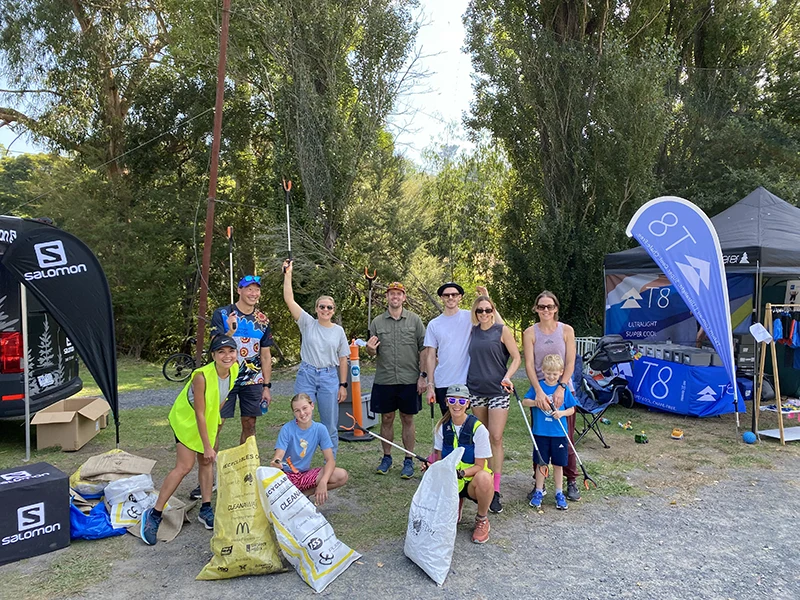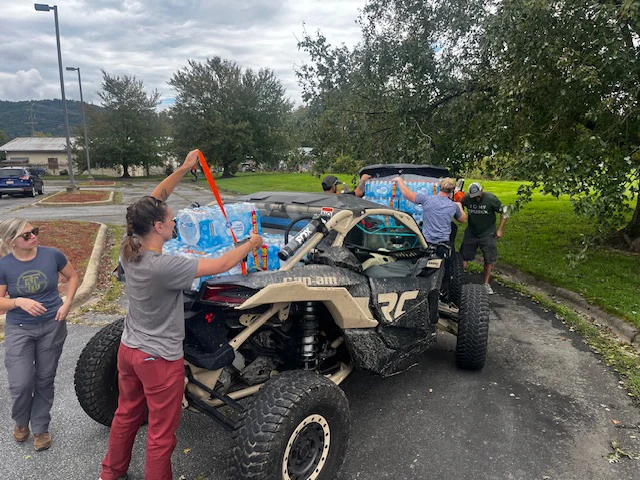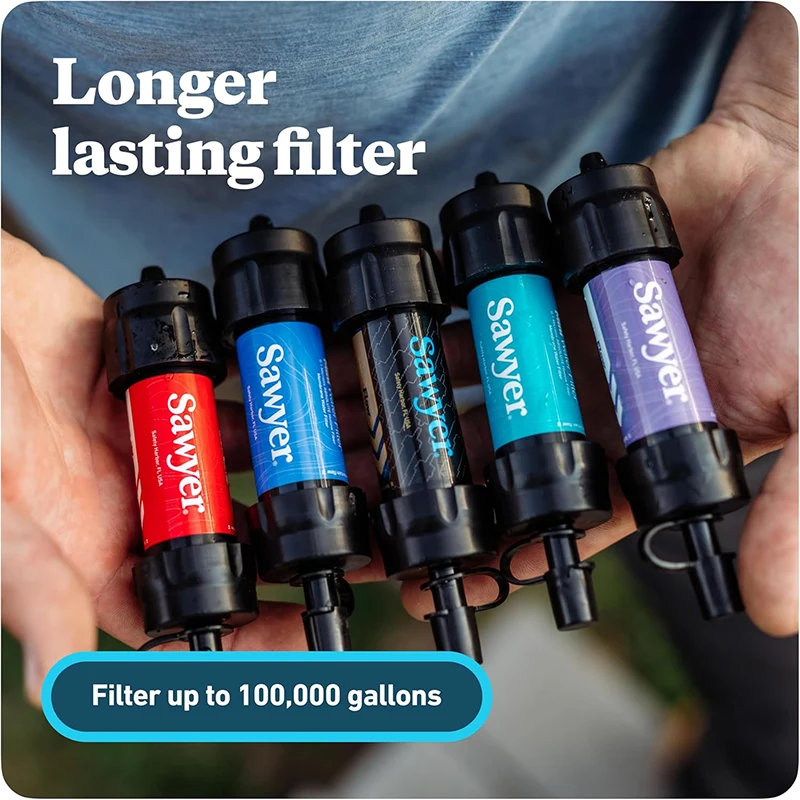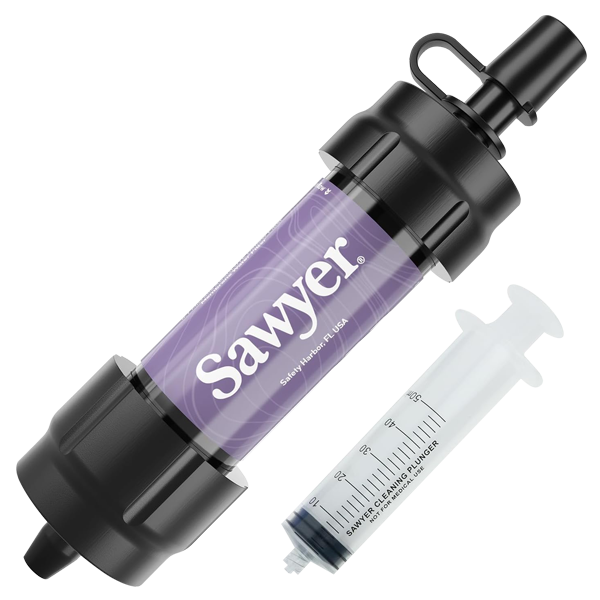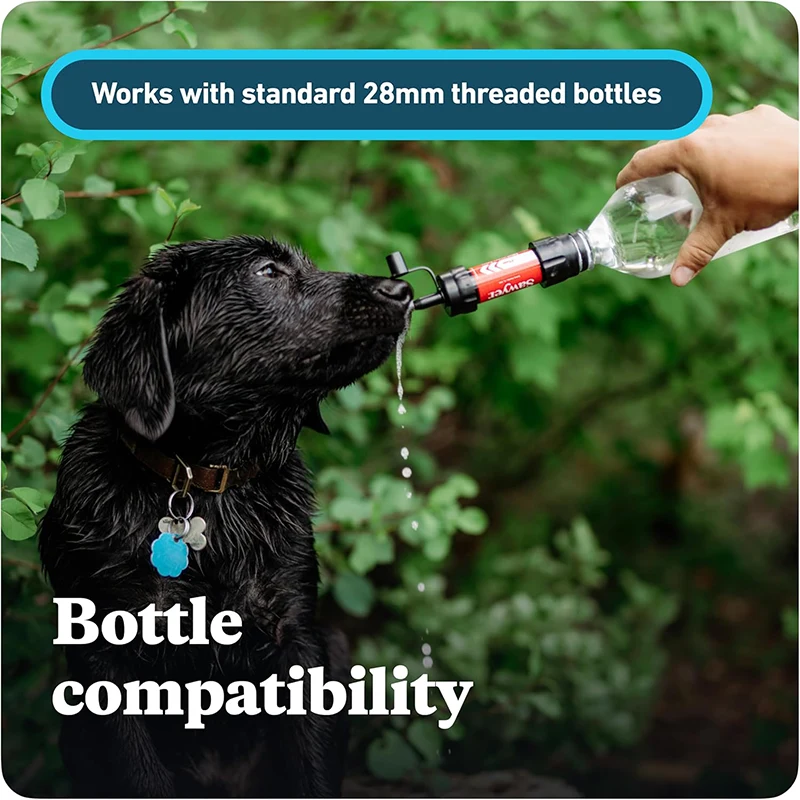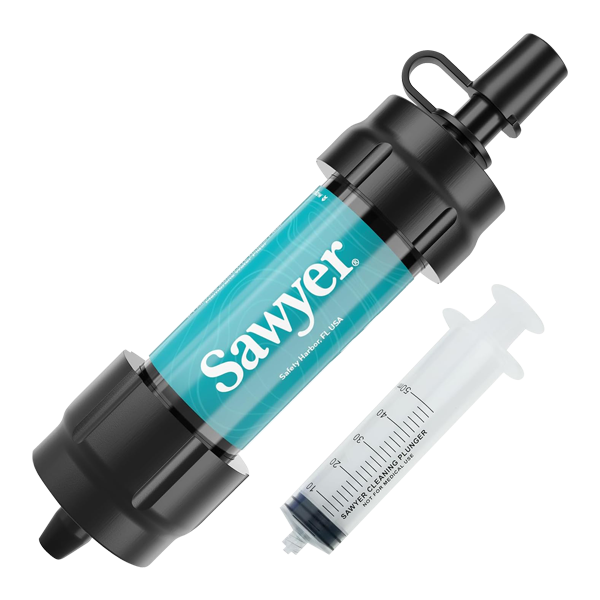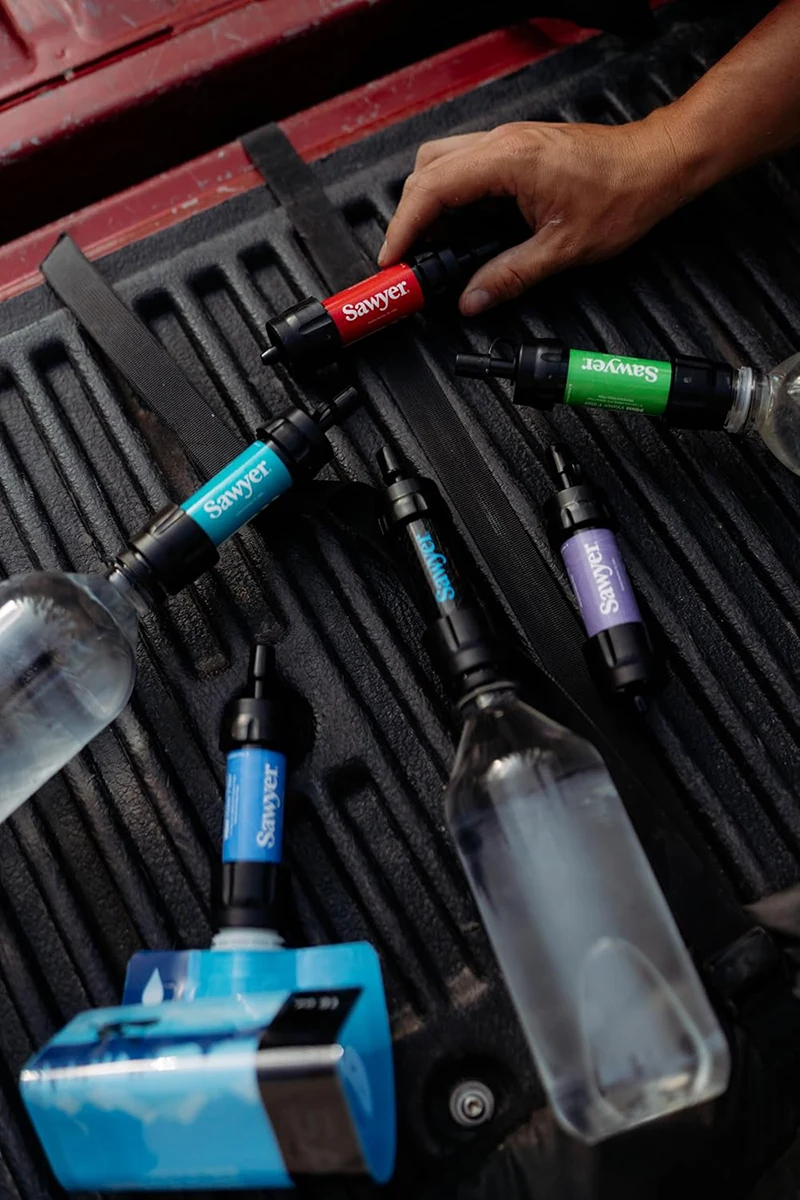

Hikers are an astute group. They try their best to be well educated and keep up with the newest Leave No Trace guidelines and local advisories and regulations. Recently, while hiking into Appalachian Trail Days in Damascus, I overheard an intriguing conversation about PFAS between two hikers at a vendor tent. A vendor was explaining their product line would see some changes soon, as the company was aiming to be PFAS free by 2025.
The hiker asked why they would be moving away from such an effective model and “if ain’t broke why fix it?”
I wracked my brain for factoids I knew about PFAS. It struck me that while I had watched a John Oliver video about the subject and knew that Big Agnes developed a tent that apparently didn’t use PFAS. I really didn’t know what PFAS are.

The only things I knew were: 1. they were really good at water proofing stuff and 2. teflon is one of them… and you shouldn’t use metal utensils on teflon… because it’s bad? I also recalled a meme about PFAS and microplastics being in my blood so worrying about student loans is trivial.
So even me, a fairly well educated person, had missed the memo on PFAS. So I invite you to sit down and learn with me.

I will warn you that this lesson may not be comfortable, but I invite you to find a brave space, not a safe space, while reading this article. I want you to feel uncomfortable about this topic. Why? Because if we don’t make changes now, we will be dealing with a bigger, scarier problem later.
On that warm and fuzzy note, let’s begin.
So what are PFAS?
PFAS, short for per- and polyfluoroalkyl substances, are a group of non naturally occurring manufactured substances.
These chemicals are known for being resistant to heat, water, and oil making them very good at doing a lot of things.
PFAS are very good at keeping things from sticking to them. Currently, approximately 14,000 PFAS chemicals exist and you probably didn’t even realize they are in your house right now. Due to their ability to repel water and oil, they are used in stain removers, pizza boxes, fire repellants, kitchen equipment, or in many common outdoor products.
If you are an outdoorsy person (Let’s be real if you’re reading an article on Sawyer, you are indeed an outdoorsy person.), PFAS are in our tents, rain shells, ski wax, and in a lot of our technical and day to day clothing.

These chemicals are everywhere. Literally, everywhere. So what's the catch?

These chemicals are nearly indestructible. Meaning that the first PFAS chemicals developed in the 1940’s are still with us today. Why? The chemical bonds in these chemicals are so strong, it takes the energy from a lightning strike to destroy them, hence their nickname “Forever Chemicals”. They don’t degrade over time like normal chemicals; they stay in the environment forever.
Consequences and Concerns for Forever Chemicals
This is where we get into the uncomfortable zone. Since these chemicals don't break down and they are found in everything, studies have found that these chemicals can accumulate in the environment, water sources, ground water, as well as bioaccumulate. Meaning these chemicals have been sampled in animal blood, human blood, and breast milk. These chemicals are incredibly hard to filter from water and remove from the environment. Remember how I said that PFAS are in your home? They might not just be in your products.
In fact, it is proposed, as of current, that no one on Earth does not have PFAS in their blood.

So besides PFAS hanging out in our homes and blood - Why should we be so concerned?
According to the CDC, the recommended levels of PFOA, a PFAS chemical, is zero. The USGS has found that at least 45% of the United States tap water is estimated to contain PFAS. Long term exposure to these chemicals can lead to long term health complications. According to the CDC, PFAS chemicals have been associated with many health risks, including: elevated levels of cholesterol, impact immune responses, association with kidney and testicular cancer, reproductive issues, and impact pregnancy.
Who let this happen?
Well, this is where things get complicated and I will not go into detail on the subject as there is a vast amount of information and history to cover on this topic. If you want to know more, I highly recommend checking out the Podcast, Forever Chemicals by Meg Carney, which was a major source of information for this article.
In short, the companies that manufacture PFAS have a sordid history when it comes to hiding information around the safety of their products. Companies appeared to withhold this information as they were more concerned with profits of PFAs containing products, and the withheld data regarding the dangers of PFAS were not released, but leaked during prominent lawsuits against these companies. In truth, only in the last 20 years has the dangers of PFAS been uncovered.

What about the outdoor industry?
I assume most of us are here because we care about the outdoors. We want to be activists in protecting the places we want to explore and want to minimize our overall impact.
But you may be asking the question, “How can we recreate responsibly if so much of the outdoor industry relies on these highly dangerous chemicals?”
No, this does not mean that we need to throw out our raincoats and fancy waterproof gear because it will impact our health. In fact, experts have found that your rain coat is very unlikely to cause health effects in the long term and you should be more concerned about PFAS found in food packaging and in the environment.

On a brighter note, many companies in the outdoor industry are beginning to make changes. Due to the market demand for PFAS free alternatives, there has been a push for the development and use of alternative chemicals in consumer products.
We are seeing that many large outdoor brands have made promises to remove all PFAs from their product lines within the near future, including Patagonia, Keen, Fjallraven, and Polartec.
In 2023, REI released in its updated product standards for their 1,000 brand partners to stop using PFAS chemicals in specific products by Fall of 2024. We have seen the Outdoor Industry Association launch its Clean Chemistry and Material Coalition a program to aid in the education and thoughtful phasing out of PFAS in outdoor products.
Further, many states, notably Maine, Minnesota, and California, have created limitations of the allowance and sales of products containing PFAS in their states in response to PFAS contamination. A big win for consumers is the EPA has made rulings for the amounts of PFAS allowed in drinking water.

In Activism There is Hope
While this is a start, there is a long road ahead of us if we want to combat Forever Chemicals. If we want to continue to see changes regarding the limitations and use of PFAS within the outdoor industry, then we as outdoor enthusiasts need to put pressure on the brands we love as well as local governments and Government agencies.
Like many issues in our day and age, if we don’t do the work now, it will be a bigger problem for the future generation.

How do we do this? We do this by supporting companies and groups that align with our ethics and policies. This could be buying gear from companies that are dedicated to being PFAS free, or even donating money or time to groups that are advocating for PFAS limitations in consumer goods. Being active in supporting local policies and bills that limit the sales of PFAS in your state puts the pressure on governing bodies and large companies to be consistent and stick to removing these chemicals from production.
Remember: In activism, there is hope.
To learn more, tune in to Meg Carney's 10-part series Forever Chemicals wherever you listen to podcasts.
Del Escuadrón
Conversaciones de campamento con nuestra comunidad, desde los miembros del escuadrón y los embajadores hasta los socios de marca y el equipo de Sawyer.


